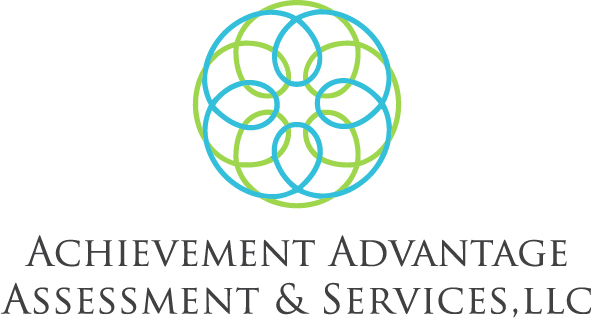Although an Evaluation Team Report (ETR) and an Individual Educational Program (IEP) are required for a child to receive special education and related services, there is another type of plan that is available to support children with disabilities: A Section 504 Plan. This is an individualized plan that serves as a blueprint for specific accommodations and changes to the learning environment that a child requires in order to have access to the curriculum. Under Section 504, there is no list of approved disabling conditions; therefore, it covers a wide variety of disabling conditions. Instead, the law describes a person with a disability as someone who “has a physical or mental impairment which substantially limits one or more major life activities,” has a record of such an impairment, or is regarded as having such an impairment. Frequently, children with diagnoses of attention disorders and medical conditions receive school supports through a Section 504 Plan. Major life activities can include: caring for oneself, performing manual tasks, walking, seeing, hearing, speaking, breathing, learning, concentrating, and working. Common accommodations found on a 504 Plan include: frequent breaks, extended time, small group testing, and prompting/cueing. An evaluation is required to determine if the child meets these criteria and is eligible to receive accommodations through a 504 Plan. Typically, these plans are reviewed and updated on a yearly basis to ensure that they continue to meet the child’s needs.
There are two defining differences between a child who has a 504 Plan and a child who has an IEP: the laws that regulate these plans and the services outlined on the plan. The first major difference is the law under which they are housed. Section 504 of the Rehabilitation Act of 1973 and Title II of the American’s with Disabilities Act (ADA) are federal laws that prohibit discrimination against people with disabilities and provide protection for those individuals. It is under these laws that individuals with disabilities are afforded Section 504 Plans. Individuals from birth to death are covered under these non-discrimination laws. Therefore, the accommodations that are necessary to level the playing field for the individual are provided in a variety of settings across the individual’s lifespan. The special education services outlined on an IEP are protected under the Individuals with Disabilities Education Act (IDEA). This is the federal law that ensures special education services are provided to children with disabilities. IDEA has more stringent eligibility criteria; a student must meet the definition of 1 of 13 disability categories and must require specially designed instruction in order to make educational progress. When a student meets eligibility criteria under IDEA, that is when a IEP is created. IDEA is a special education law specifically for school-aged students. Individuals are no longer protected under IDEA once they either graduate from high school or are 21 years of age. This means the protections of IDEA do not extend to college and adult life. Many times individuals who were provided services under an IEP K-12 education are transitioned to Section 504 Plans in college.
The second difference is the content of the plans. A Section 504 Plan is designed to provide equal access to individuals with disabilities and level the playing field with non-disabled people to mitigate discrimination. Therefore, Section 504 Plans are made up of specific accommodation supports for the child. It also specifies who is responsible to provide each support and the individuals who are responsible for ensuring that the plan is implemented. The purpose of an IEP is to design an individualized special education program with specific learning goals and objectives and describe the specially designed services that the child requires to meet those goals. An IEP also provides accommodations that would be incorporated into a 504 Plan, but it goes beyond accommodations with specialized educational services. The law specifies many more components that must be included in an IEP. The contents of an IEP were covered in our last blog. Essentially, a 504 Plan provides accommodations and supports in order to provide the individual access to the educational environment, while an IEP provides specific instructional supports in order to teach specific skills to meet measurable educational and functional goals.
Eligibility under either law requires that the school must provide a Free and Appropriate Public Education (FAPE) for the student and provide additional legal protections based on the identification of child as having a disability. Due to the fact that Section 504’s has a broader definition of disability than IDEA’s definition, this means that many more children are provided protection under this law and are eligible for a plan under Section 504 than are eligible for an IEP. Therefore, many children who are not eligible for special education services or the team does not believe that specialized instruction is necessary are referred to determine their eligibility under Section 504. A Section 504 Plan can provide the appropriate level of support for a student who requires the support of accommodations in order to level the playing field to ensure that they have equal access to the curriculum.

